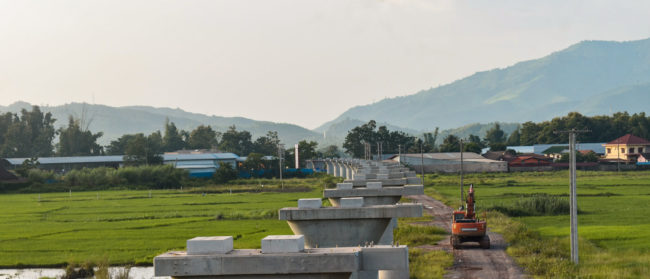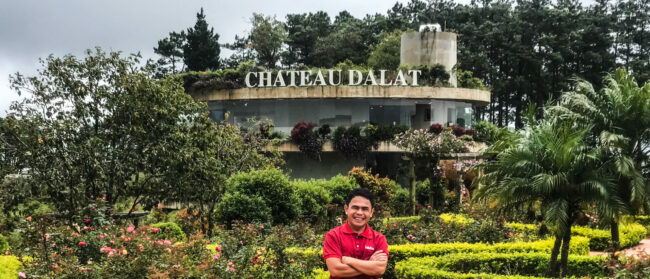The social risks of the Cambodian microfinance sector in its current form have been apparent for some time. The field has been studied, not only by academics such as ourselves, but also by the industry.
Yet the recently published “Worked to Debt” report from Cambodian rights organisation LICADHO prompted a backlash, not only from the Cambodia Microfinance Association (CMA), but also from local media aiming to discredit LICADHO and their research methods.
This recent and ongoing civil society attention to microfinance in Cambodia has brought its social risks further into the spotlight. In light of the current debate, we have drawn from a sample of the existing research to show that issues such as over-indebtedness and distress land sales are well documented in recent studies as well as in available government and industry data.
By acknowledging such social risks and improving transparency, Cambodian leaders can take real steps towards better governance of the Kingdom’s microfinance sector.
Microfinance in Cambodia has grown from donor and civil society initiatives to a major financial sector
Cambodia’s microfinance sector was established in the 1990s with international donor support to facilitate post-conflict rebuilding. One of the earliest microfinance institutions, ACLEDA, was set up in 1993 with UNDP support and then became a fully-fledged bank in 2000.
From small beginnings, by 2016, Cambodia had over 60 microfinance institutions or MFIs. According to 2019 industry figures, micro-credit providers loaned money to around 2.6 million people across Cambodia, with an aggregate value of about $10 billion and an average loan size of $3,804. Cambodia is now tenth in the world for micro-credit lending, and the profits of Cambodia’s top seven MFIs are among the highest in the developing world.
Initially, microfinance was seen as an effective way to alleviate poverty and connect rural communities to markets. Early models, such as Bangladesh’s Grameen Bank (est. 1983), used group-based saving and lending and did not need collateral to secure their loans. At that time, funding for microfinance came mainly from governments and donors.
Today, MFIs have been absorbed into the global financial order and receive investments from international banks and financiers. In Cambodia, and internationally, commercialisation drives MFIs to expand their lending and to work for profit rather than earlier goals of poverty alleviation. MFIs use quotas and bonuses to expand their lending, and often need collateral, such as land, to secure a loan.
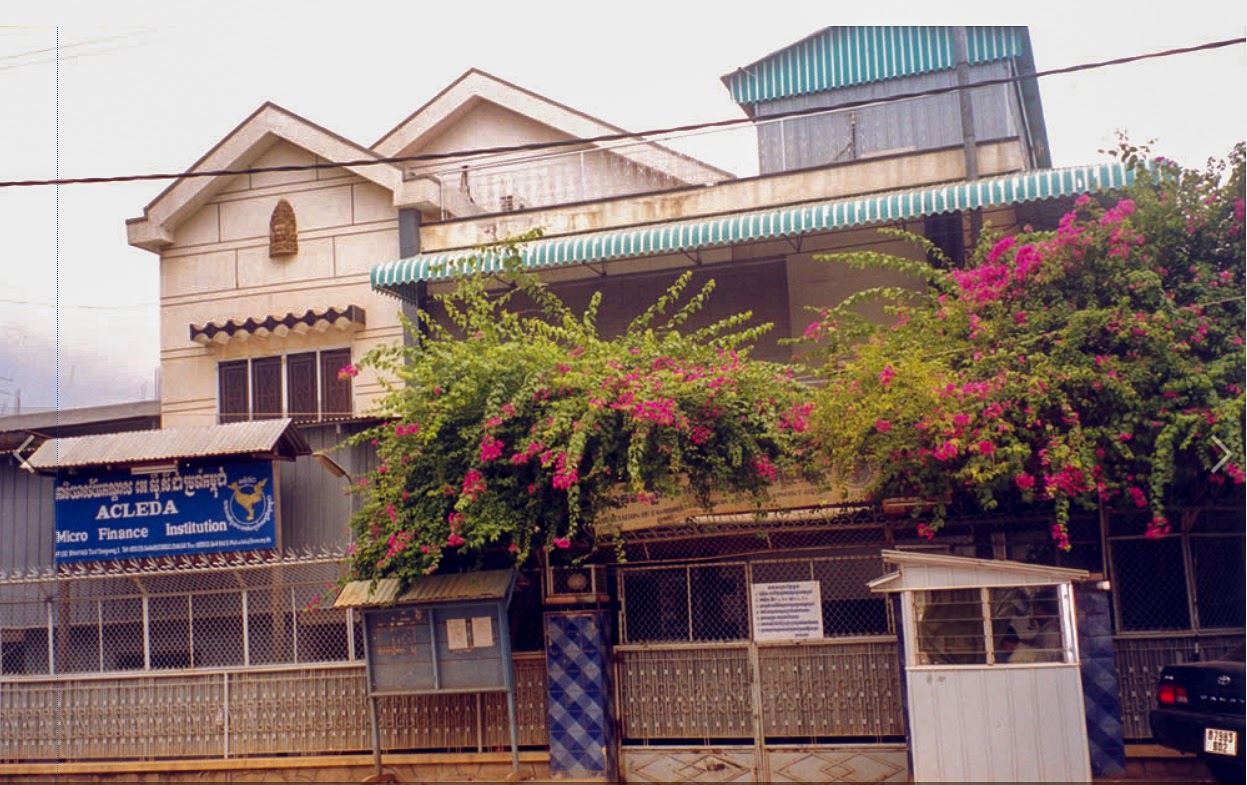
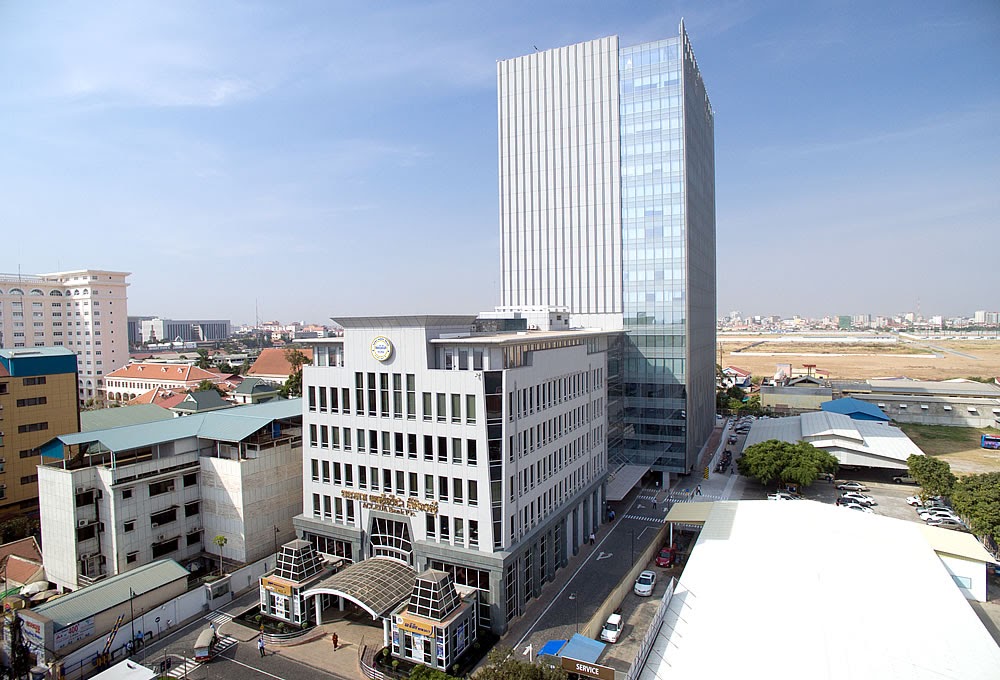
The Cambodian Microfinance Association (CMA) outlines a similar transition in Cambodia from 2000 onwards, when the first government regulation (Prakas) on microfinance was announced and the sector was “driven up a notch” by foreign investment. Indeed, in its Financial Sector Development Strategy 2006-2015, the government stated that the “significant success [of microfinance] is largely the result of an overall market-based approach to development and light government intervention”.
Recent research shows that MFIs’ commercial pivot and regulatory gaps put Cambodian farmers at risk of impoverishment from debt and land loss
The Cambodia Microfinance Association acknowledges that this sector’s rapid growth through the 2000s “started to substantially diverge from a path considered as sustainable”, and that this could “ultimately bring increased over-indebtedness problems”. For example, Sango’s 2016 household survey in Mondulkiri found that as many as 73% of households were indebted with sizable loans of $1,000-2,500. Keeping up their repayments was a major stress for the middle and poor households, especially when their crops were impacted by drought, disease and unseasonal rainfall.
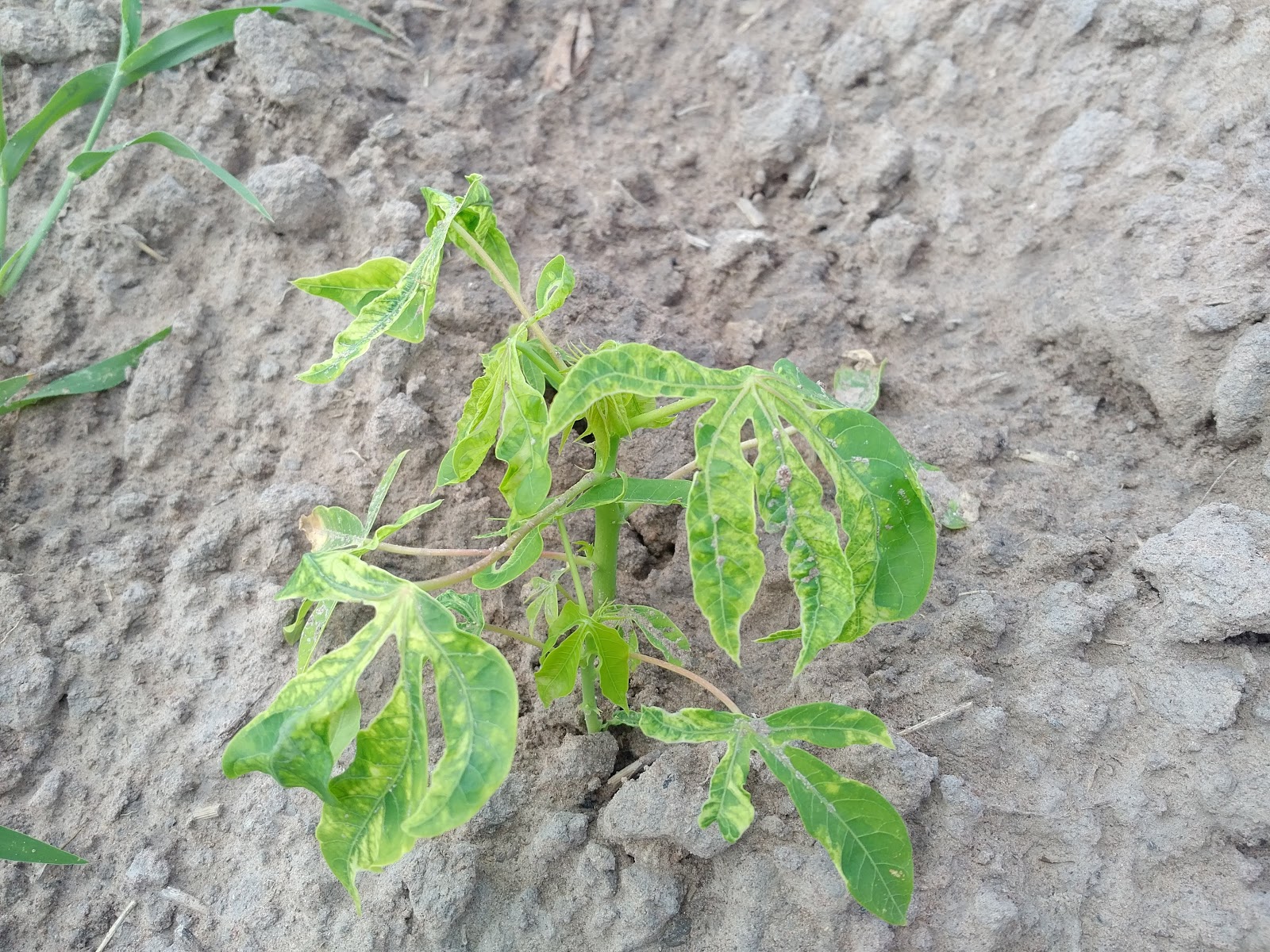
The popular image of microcredit is that it helps alleviate poverty by financing self-employment, but actually more than two thirds of Cambodian households borrow to pay for basic needs, social commitments (such as weddings and funerals) and other purchases. Nathan’s research in Kampot Province found that households regularly borrowed to pay for education, healthcare, and home improvements. To repay these loans, families depended on remittances from younger family members working precarious jobs in Kampong Som Province, Phnom Penh, and even Thailand. These indebted households faced considerable risk of economic hardship if they lost access to such income.
Industry data reveals a concerning trend towards over-indebtedness in Cambodia. In 2017, an unpublished industry study, using a nationally-representative sample, found that between 28 and 50% of microfinance borrowers were either over-indebted or at risk of over-indebtedness. The Cambodian Microfinance Association has also acknowledged that, because of growing competition in the microfinance sector, many MFIs are using more “relaxed lending criteria”.
Cambodian MFIs typically make riskier loans than their counterparts in other countries, lending to families without the capacity to repay loans. Industry data from 2019 confirms that the fastest growth in lending now comes from MFIs providing new and larger loans to people who have not yet repaid their prior loans.
Now that land is often used as collateral, farmers who cannot sustain repayments face the risk of losing their land. Sango’s work in a Mondulkiri found that after three years, around 12 of the 24 indebted households she interviewed in 2013 had left the village after defaulting on loans and losing their land. Some had moved as far afield as Malaysia and Thailand in search of work.
Data from the National Institute of Statistics suggest that distress land sales have been ongoing throughout the country since at least 2009, when tracking on land sales began. In that year, following the global recession, an estimated 180,000 people across Cambodia sold land to repay a debt. That number declined in the following years, but even in 2016, a reported 67,000 people sold land to repay a loan. In 85% of cases, these loans were sourced from a MFI. Nathan’s research with US collaborator Maryann Bylander finds that such distress land sales can be left out of MFI annual reports because they involve informal transactions between family members or neighbours.
Existing regulations aren’t effective at managing such risks
Ultimately, the commercialisation of MFIs creates incentives for them to lend more and lend often. Cambodia has laws to govern its MFIs (NBC 2019), such as minimum capital requirements and loan disclosure standards, but these are geared more towards ensuring the viability and transparency of the sector than managing social risk.
Instead, the industry has pursued self-regulation to manage aggressive credit sales and debt collection practices. In January 2013, the Cambodia Microfinance Association helped to launch a Smart Campaign certification programme as part of a global move supported by the commercial industry to ‘self-regulate’ microfinance. The local Smart programme has now certified nearly all of the largest MFIs in Cambodia. CMA later introduced its Lender Guidelines Initiative in 2017 to define best practices for the national industry. However, both the Smart client protection principles and CMA’s lender guidelines are voluntary codes of conduct with little oversight to ensure compliance.
Rural Cambodians need more oversight of MFIs to reduce their vulnerability to debt
It is crucial that emerging evidence of local lending practices and social risks are acknowledged, both by government and microfinance institutions instead of taking a defensive stance. Bodies supportive of microfinance, such as The World Bank, have also flagged the importance of strengthening local financial literacy, and for MFIs’ local operations to be far more transparent.
Greater cooperation between local authorities and the industry to ensure compliance with the industry’s code of conduct and lending guidelines would also help. Ultimately, a strong civil society role in which organisations such as LICADHO may continue their own research is important to strengthen MFIs’ accountability and better govern their practices in Cambodia’s rural areas.
Sango Mahanty, Crawford School of Public Policy, Australian National University
W. Nathan Green, Department of Geography, National University of Singapore

